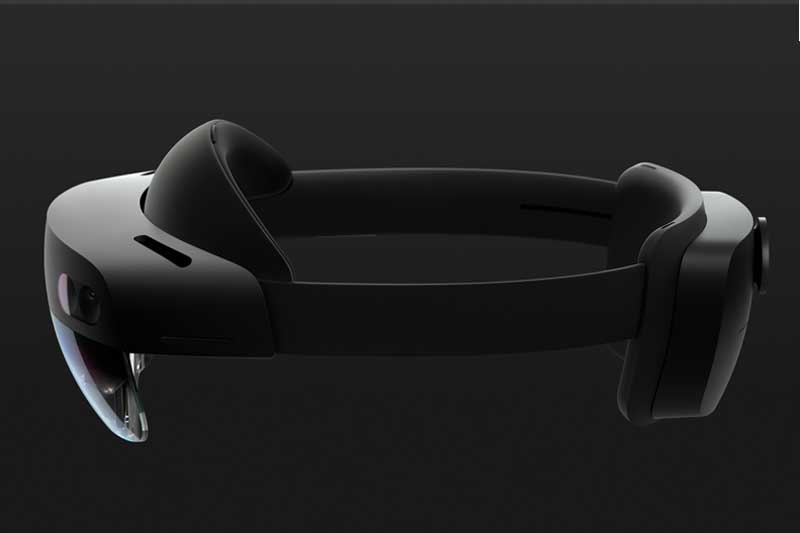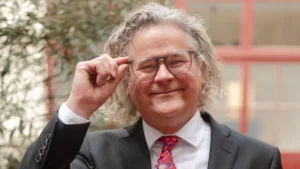By Maciej Zasada, technical director @ UNIT9: an innovation company that uses new
technologies to create experiences and business solutions for brands like BBC,
Huawei and Nike.
When the creative world was first introduced to the concept of MR (mixed reality — blending a digital layer into real world surroundings), we all quivered with excitement as we breathlessly watched Magic Leap demos of whales bursting through gym floors. But then it all went a bit, well, meh. Turns out Magic Leap had set expectations sky high by over-promising on MR’s possibilities.
Meanwhile, Magic Leap’s competitors, like Microsoft’s HoloLens, focused on functional applications. Possibly fearful that Magic Leap had a massive head start on MR’s creative landscape, Microsoft turned to prosaic business applications, like virtual factory maintenance — certainly nothing to get creative hearts pumping. But now that Microsoft has just launched the HoloLens 2 at Mobile World Congress this month, we’re getting closer to the creative nirvana first promised by Magic Leap back in 2016.
Perhaps one of the HoloLens 2’s most obvious enhancements is that it’s lighter, making it much more user-friendly than its clunky predecessor. But, even more meaningful for creative applications, the new HoloLens also has greater potential for enhanced UX and aesthetics.
The HoloLens 2 features a more natural gesture-based user interface and eye tracking so that users don’t have to ‘learn’ how to interact with the augmented world around them. The eye tracking function means users can simply look at something to select it, making the interaction more akin to their everyday experience of real world interactions. This removes a massive barrier-to-use and makes MR a lot less alien: no more buttons to press, no more unnatural pinching gestures to make.
Another crucial update for creative applications is that Microsoft’s new MR headset now also has a near doubled field-of-view. With the original HoloLens, users could apply the virtual layer to only a small section of the real world. This limited frame of reference really reminded people that they were immersed in a synthetic experience. The new a larger canvas, however, makes experiences feel more natural.
The HoloLens 2 also boasts dramatically improved optical resolution, which has shot up from 720 pixels to 2K-resolution per eye. This gives rise to sharper imaging — the virtual layer becomes crystal clear and so blends more seamlessly into the real world to create a more natural feeling result.
Enhanced resolution also creates more opportunities for pumped-up creative details that foster an all-round higher fidelity. Not only does this open up more creative opportunities, it also means children can comfortably engage in MR, potentially giving marketers a chance to develop branded educational experiences, like helping kids learn physics in their bedrooms by playing with virtually simulated fluids and particles.
But let’s not get too carried away. As with the trajectory of VR evolution, MR is still a long way off mass adoption. And at $3,500 a pop, we’re not going to see home use of HoloLens springing up any day soon. But for brands that want to create mind-blowing experiences that stop consumers in their tracks, thanks to the new HoloLens 2, MR is now a more viable and creative option.









